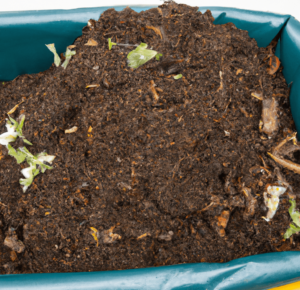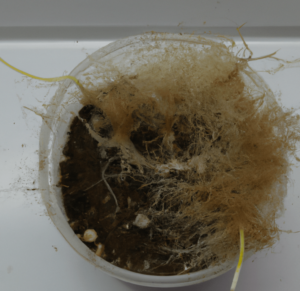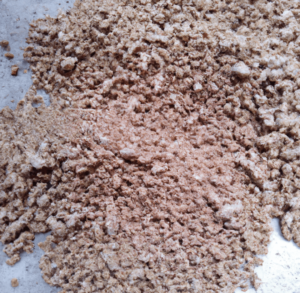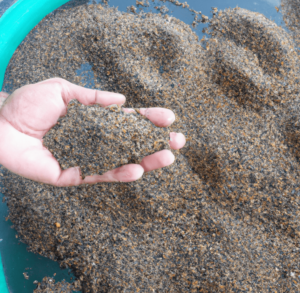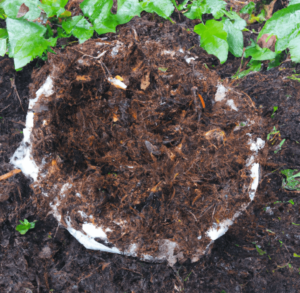For plants to grow and flourish, fertilizers are necessary. They serve a significant function in the growth of plants and the production of crops for agricultural businesses. They supply crucial nutrients that are required for proper plant growth. Whether you’re experienced in gardening or a newbie, here’s what you need to know about understanding and using fertilizers for different types of plants.
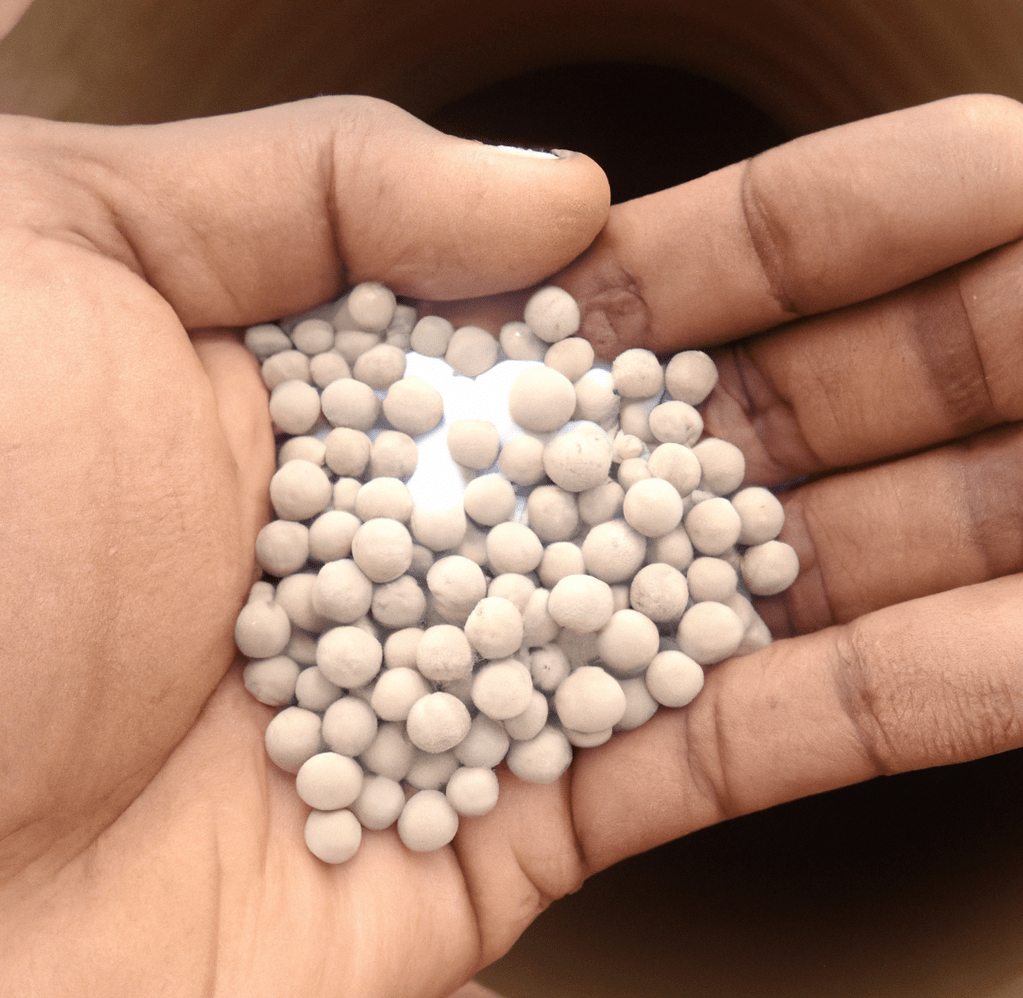
Types of Fertilizers
Fertilizers are goods that give plants vital nutrients. They are employed to boost soil fertility and encourage strong plant growth. The three primary nutrients that plants need for healthy growth are nitrogen, phosphorus, and potassium. In understanding and using fertilizers for different types of plants, you need to know about the different types available:
- Fertilizers high in nitrogen: These fertilizers aid in the promotion of leaf development and plant greening.
- Fertilizers high in phosphorus: Phosphorus is an essential element for the development of roots and flowers.
- Fertilizers rich in potassium: These fertilizers are rich in potassium, which is necessary for the overall health and disease resistance of plants.
- Organic fertilizers: These fertilizers gradually release nutrients into the soil and are made from natural resources like compost, bone meal, or manures.
- Fertilizers manufactured from chemical compounds, or synthetic fertilizers, give the soil a fast release of nutrients.
Choosing the best fertilizer for your plants will rely on your unique demands and objectives because every form of fertilizer has different advantages and disadvantages.
Organic Fertilizers
A type of fertilizer known as organic fertilizer is produced using natural substances including compost, animal manure, and plant-based components. When understanding and using fertilizers for different types of plants you may rather not use chemicals in your agricultural or gardening operations. Organic fertilizers give the earth vital nutrients like nitrogen and are an excellent substitute for synthetic fertilizers.
One of the most popular organic fertilizers and a good source of potassium, phosphorus, and nitrogen is manure. Compost, which is created from decomposed plant matter and plays a similar role to mulch in fertilizing your garden, is another well-liked organic fertilizer. It offers a variety of necessary nutrients and aids in enhancing soil structure.
Two other organic fertilizers that are frequently utilized to give the soil an increase in nitrogen are blood meal and bone meal. While the bone meal is a slow-release fertilizer made from broken-up animal bones, the blood meal is a high-nitrogen fertilizer created from blood. Both of these items can be applied to the soil to give plants a gradual release of nitrogen and other vital nutrients.
Understanding Fertilizer Labels
Understanding and using fertilizers for different types of plants is understanding the information on the product label. The ratio of the three main nutrients, nitrogen (N), phosphorous (P), and potassium (K), as well as information on minor micronutrients, are all disclosed on fertilizer labels.
Fertilizer labels include information about the water-solubility of the substance, which affects how quickly the nutrients are absorbed by plants, in addition to the ratio of nutrients. While items with low water solubility release nutrients gradually over time, those with high water solubility deliver nutrients to plants fast.
The suggested application rate and any other unique usage instructions, such as whether the fertilizer should be applied dry or mixed with water, should both be noted on the label. You can choose the ideal fertilizer to satisfy the unique requirements of your plants and ensure their healthy growth and development by interpreting the information on the labels. For instance, you may want a fertilizer that enhances the role of macronutrients in fertilization or one that is better suited for your climate.
The N-P-K Ratio
The ratio of nitrogen (N), phosphorus (P), and potassium (K) in fertilizers and other soil-related products are referred to as the N-P-K ratio. These three substances are known as the “macronutrients” because plants require such vast amounts of them for growth. Because it indicates how much of each macronutrient is contained in a fertilizer or soil product, the N-P-K ratio is significant.
You can provide your plants with the proper mix of nutrients they need to develop healthy and robustly by selecting goods with the appropriate N-P-K ratio. The N-P-K ratio of inorganic fertilizers is normally specified on the label, although the nutrient content of organic products can change. The majority of organic goods still include some N, P, and K, and they can be utilized to boost soil fertility because of this. It’s also critical to remember that as nutrients are absorbed by plants or lost through leaching, the N-P-K ratio can alter over time. When you’re understanding and using fertilizers for different types of plants, you have to understand this ratio.
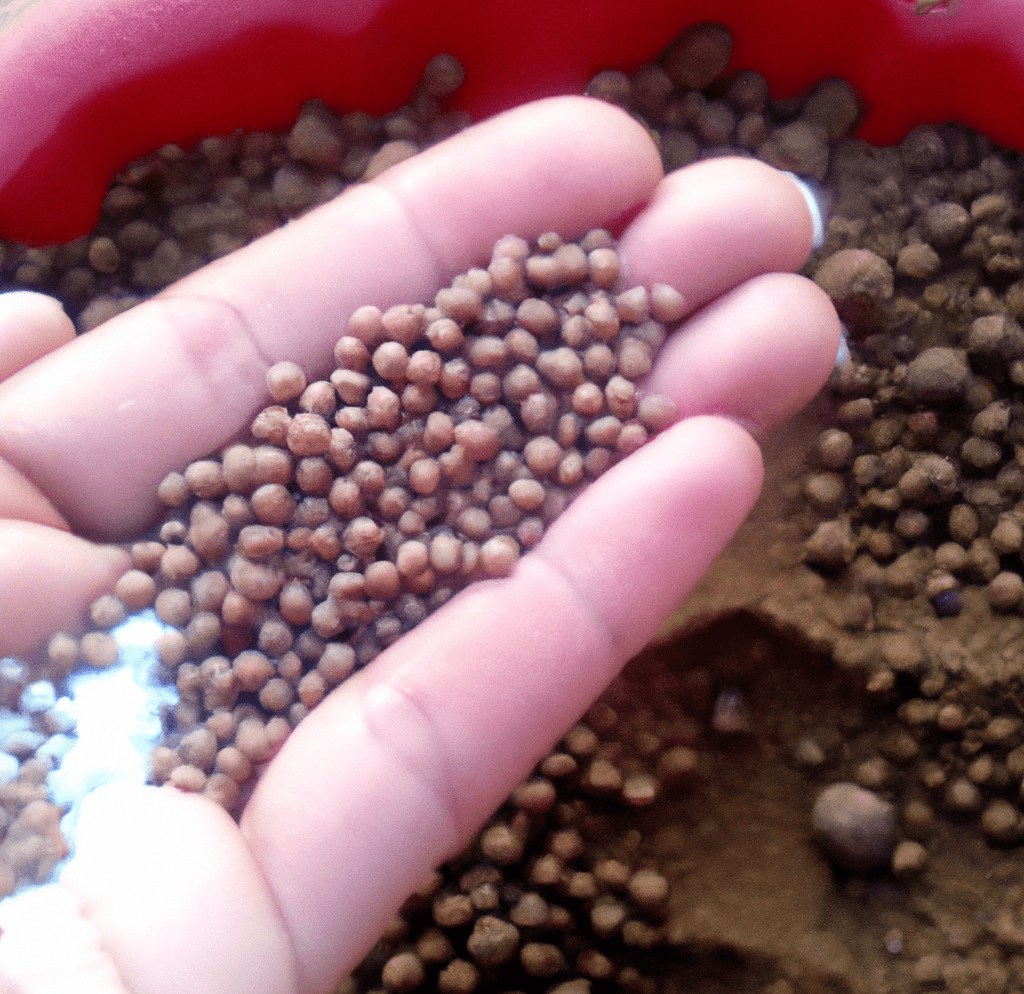
Secondary Nutrients and Micronutrients
Plants need a range of additional elements in addition to the macronutrients nitrogen, phosphorous, and potassium in order to grow and thrive. These substances sometimes referred to as secondary nutrients and micronutrients, are frequently present in trace amounts in soil and fertilizers and are crucial for the health of plants.
Understanding and using fertilizers for different types of plants are learning that magnesium, sulfur, and calcium are secondary nutrients. These elements are nonetheless crucial for plant growth and general health even if they are required in smaller amounts than the macronutrients.
For instance, sulfur is required for the synthesis of important amino acids, but calcium is necessary for robust cell walls. Micronutrients are trace elements that are necessary for plant health but only in extremely minute amounts. Micronutrients include things like iron, manganese, zinc, and boron. These substances are crucial for a number of physiological functions, such as photosynthesis, respiration, and chlorophyll synthesis.
Stunted growth, yellowing leaves, and other signs of plant stress can be brought on by a deficiency in secondary nutrients or micronutrients. It’s crucial to frequently test your soil and use a balanced fertilizer that offers both macronutrients and secondary nutrients, as well as trace amounts of micronutrients, to make sure your shrubs, veggies, or other plants receive all the nutrients they require.
Understanding Fertilizer Analysis
When understanding and using fertilizers for different types of plants, you will come across fertilizer analysis. The suitable fertilizer to use for a specific type of soil or plant, as well as the proper application rate, can be determined using this information. The percentage of nitrogen (N), phosphorous (P), and potassium (K) in a product is typically represented by a series of three digits, such as 10-10-10. These figures are employed to compare the nutrient contents of several fertilizer products and ascertain which is most suitable for a certain application.
Solid fertilizers, liquid fertilizers, and other fertilizer products can all be subjected to fertilizer analysis. When analyzing fertilizer, it’s crucial to work with a respected lab because the accuracy of the results can greatly affect the well-being and development of your plants. You may choose which fertilizer products to use and how to apply them properly to get the best outcomes by learning fertilizer analysis.
Using Fertilizers for Different Types of Plants
Some tips for understanding and using fertilizers for different types of plants include:
- Fertilizing Flowers: Flowers frequently require a lot of nutrients, particularly when they are blossoming. Pick a phosphorus-rich fertilizer to encourage the growth of healthy flowers. An efficient source of phosphorus for blooming plants can be found in organic goods like bone meal or rock phosphate.
- Fertilizing Vegetables: Vegetables require a good amount of nitrogen, especially those produced for their leaves, like lettuce or spinach. Pick a fertilizer with a high nitrogen content and a balanced N-P-K ratio. Compost or manure are examples of organic items that can be a good supply of nitrogen for vegetable crops.
- Fertilizing Trees and Shrubs: Since trees and shrubs have a long-term demand for nutrients, it is necessary to use a slow-release fertilizer that can supply nourishment over an extended period of time. Select a fertilizer with a balanced N-P-K ratio, and think about adding organic items, like compost, to the soil to encourage strong root development.
- Fertilizing Lawns: To keep their green hue and promote healthy growth, lawns require a balanced supply of nutrients. To make sure that the nutrients go to the roots, use a fertilizer with a balanced N-P-K ratio and water it properly after application.
- Fertilizing indoor plants: Depending on their species and growing environment, indoor plants have different nutrient requirements. The majority of houseplants can be fertilized with a balanced fertilizer that offers a reasonable quantity of N, P, and K, but it’s crucial to adhere to the suggested application rates and avoid overfertilizing, which could harm the plants.
It’s crucial to adhere to the application rates and time recommendations provided by the manufacturer and to refrain from overfertilizing, which can be bad for both the environment and the plants. Effective fertilization also requires proper watering because plants can only take in nutrients when they have access to water.
Bottom Line: Understanding and Using Fertilizers for Different Types of Plants
By understanding and using fertilizers for different types of plants, gardeners and horticulturists can encourage healthy growth and increase production by recognizing the unique requirements of various plant kinds and selecting the proper fertilizer.
It’s critical to keep in mind that not all fertilizers are made equal and that various plants require various amounts of nutrients. For example, it is doubtful that using a high-nitrogen fertilizer will yield the required outcomes for a flowering plant. Compost and manure are examples of organic products that can be used to fertilize plants in addition to conventional chemical fertilizers. Whatever you choose, following the manufacturer’s recommendations for treatment rates and timing will assure the best outcomes.
FAQs on Understanding and Using Fertilizers for Different Types of Plants
What are fertilizers?
When understanding and using fertilizers for different types of plants you’ll learn that fertilizers are compounds that give plants the vital nutrients they need for healthy development and reproduction. N, P, and K are the three essential nutrients that plants require.
What kinds of fertilizers are there?
- Nitrogen-rich fertilizers
- Products with a lot of phosphorus
- Potassium-rich fertilizers
- Natural fertilizers
- Artificial fertilizers (made from chemical compounds)
Organic fertilizers: what are they?
Natural materials including compost, animal dung, and plant-based ingredients are used to make organic fertilizers. They are a well-liked substitute for synthetic fertilizers since they gradually release nutrients into the soil.
What organic fertilizers are the most widely used?
Manure, compost, bone meal, blood meal, and other organic fertilizers are some of the most widely used ones.
What do the details on fertilizer labels mean?
The ratio of nitrogen, phosphorous, and potassium in the product, as well as its water solubility, application rate, and any other usage directions, are all disclosed on fertilizer labels. By understanding this data, you may pick the appropriate fertilizer for your plants.
What’s the N-P-K ratio?
The nitrogen, phosphorus, and potassium contents in fertilizers and other soil-related goods are referred to as the N-P-K ratio. This ratio is crucial for giving plants the proper balance of nutrients for growth.
What exactly are micronutrients and secondary nutrients?
Even though they are needed in lesser quantities than the macronutrients, secondary nutrients, and micronutrients are additional components that plants need for development and health. Calcium, magnesium, and sulfur are a few examples.


